North Carolina’s diverse landscapes—ranging from the towering peaks of the Appalachians to the rolling hills of the Piedmont and the sandy stretches of the coastal plains—offer ideal habitats for a wide array of wildlife.
This rich mix of ecosystems supports everything from black bears and bobcats to sea turtles and rare migratory birds.
Over the years, I’ve spent countless weekends hiking trails, wading through marshes, and wandering beaches, always with my camera ready to capture these incredible creatures in their natural environments. Each encounter deepens my appreciation for the wild heart of North Carolina and its astonishing biodiversity.
1. Carolina Northern Flying Squirrel – Nighttime Gliders

Whoosh! That’s the sound I missed hearing when these nocturnal acrobats soared between trees during my camping trip in the Smoky Mountains. Unlike regular squirrels, these endangered furballs don’t actually fly – they glide using a special membrane stretching between their limbs.
Found only in North Carolina’s highest mountain forests, these pint-sized paratroopers can sail nearly 150 feet in a single leap!
Their huge eyes and ultra-soft fur make them look like stuffed animals come to life. Cool fact: they communicate using high-pitched chirps most humans can’t even hear. These rare creatures face challenges from climate change affecting their specialized mountain habitats.
2. Red Wolf – Comeback Kings
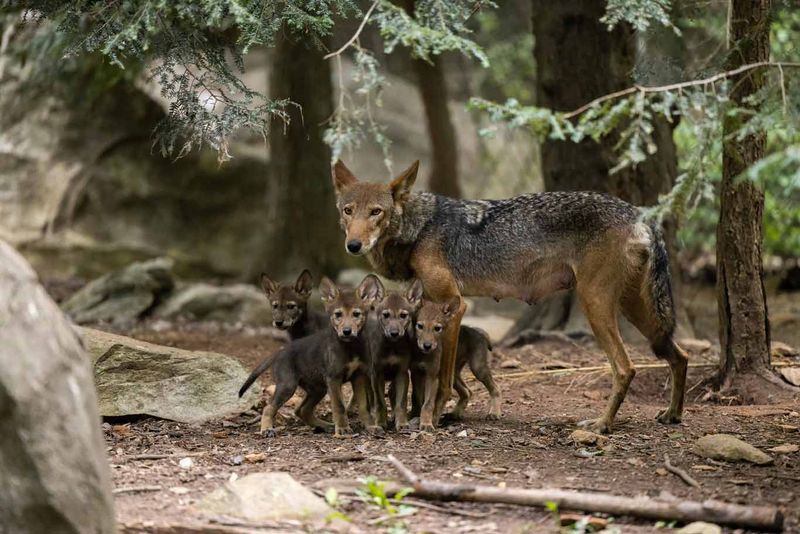
Goosebumps covered my arms when I heard the howl of a red wolf during a guided twilight tour in Alligator River National Wildlife Refuge. Once completely gone from the wild, these magnificent canines now roam parts of eastern North Carolina thanks to reintroduction efforts.
Smaller than their gray wolf cousins but larger than coyotes, red wolves sport a distinctive reddish coat behind their ears and along their necks. They’re master hunters who help control rodent populations across the coastal plain.
My guide explained how each pack maintains specific territories and how pups stay with their parents for nearly two years. Seeing conservation success stories like this unfold makes me hopeful for other endangered species!
3. Carolina Mantid – Kung-Fu Masters
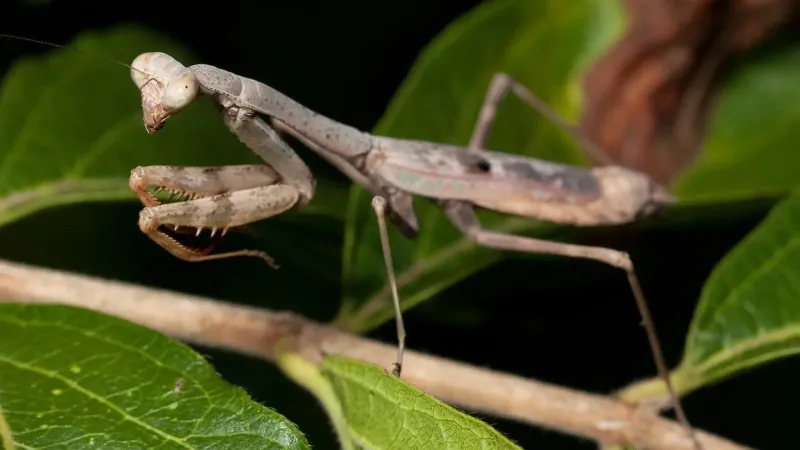
Stumbling upon a Carolina mantid in my garden last spring felt like discovering a tiny alien! These native predatory insects strike with lightning-fast reflexes, snatching unsuspecting bugs with their spiky front legs.
Unlike their larger imported cousins, Carolina mantids rarely exceed 2 inches and come in shades of brown and green that perfectly match our state’s vegetation. They can rotate their triangular heads nearly 180 degrees to track prey, giving them an almost supernatural awareness.
Female mantids lay foamy egg cases called oothecae on plant stems each fall. I’ve learned to leave these strange structures alone, knowing each one contains dozens of beneficial garden allies that will hatch when warm weather returns.
4. North American River Otter – Waterslide Enthusiasts
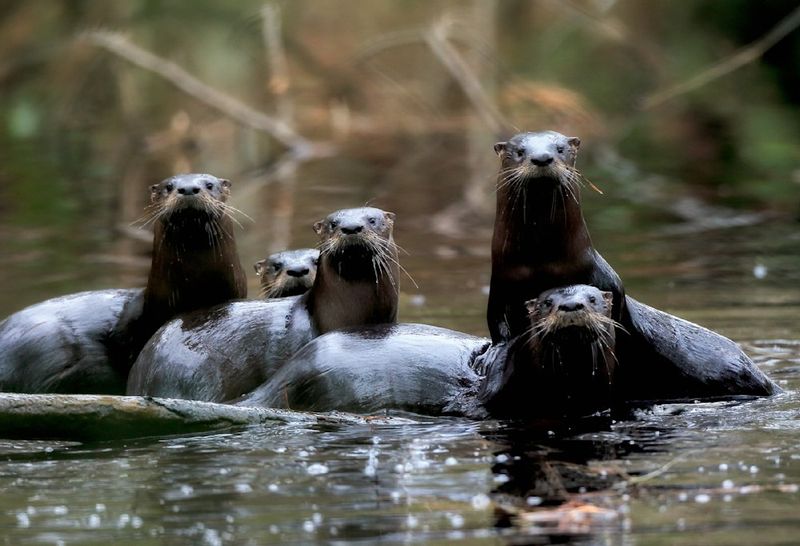
Splish-splash! The first time I spotted river otters playing along the Eno River, I couldn’t stop laughing at their antics. These aquatic comedians create natural waterslides on muddy banks, then zoom down into the water with obvious glee.
River otters vanished from many North Carolina waterways due to trapping and pollution but have made an impressive comeback. Their sleek, muscular bodies and webbed feet make them incredible swimmers, capable of staying underwater for up to eight minutes while hunting fish.
What surprised me most was learning these social animals create “latrines” – designated bathroom spots that scientists use to track otter populations. Their playful nature and family bonds make them among the most entertaining wildlife to observe in our state!
5. Bald-Faced Hornet – Aerial Architects
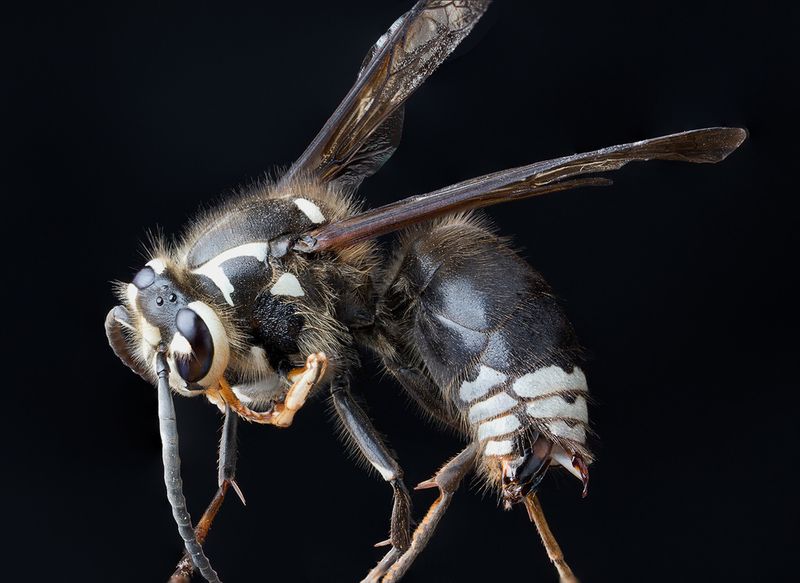
My jaw dropped when I discovered a massive paper nest hanging from a tree at my uncle’s farm near Charlotte. Bald-faced hornets construct these incredible aerial fortresses using chewed wood pulp mixed with their saliva.
Despite their intimidating name and striking black-and-white markings, these insects aren’t true hornets at all – they’re actually a type of yellow jacket wasp. Their impressive nests can house thousands of individuals and grow larger than basketballs by late summer.
While their stings pack a serious punch, these territorial insects actually benefit gardens by hunting flies, caterpillars, and other pests. I’ve learned to give their nests plenty of space while appreciating their role in North Carolina’s complex ecosystem balance.
6. Eastern Diamondback Rattlesnake – Buzztail Legends
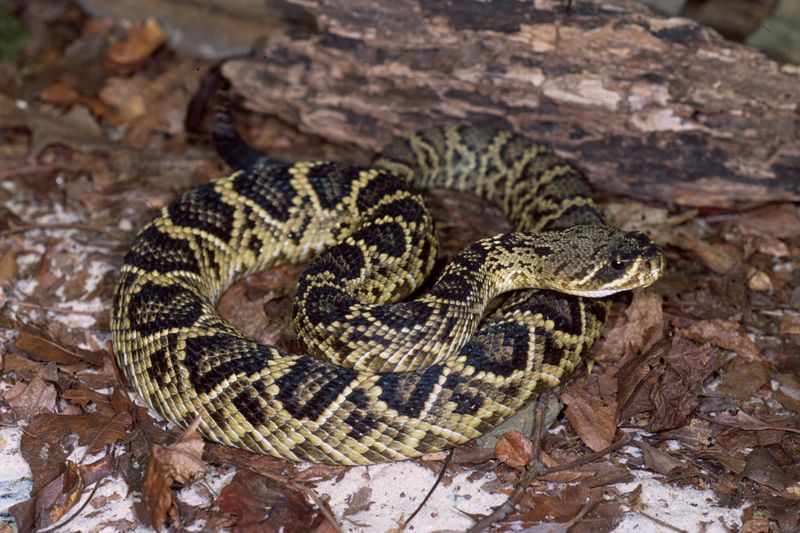
Heart racing, I froze in my tracks when I heard that distinctive rattle while hiking in the Green Swamp Preserve. Eastern diamondbacks reign as North America’s largest venomous snake, with some North Carolina specimens reaching over six feet long!
Their gorgeous diamond-patterned bodies provide perfect camouflage among fallen leaves and dappled sunlight. Despite their fearsome reputation, these remarkable reptiles avoid human contact whenever possible, using their famous rattle as a polite warning system.
Unfortunately, habitat destruction and intentional persecution have made these iconic snakes increasingly rare in our state. My wildlife biologist friend taught me to appreciate these misunderstood predators from a respectful distance, understanding their crucial role controlling rodent populations.
7. Luna Moth – Moonlight Marvels
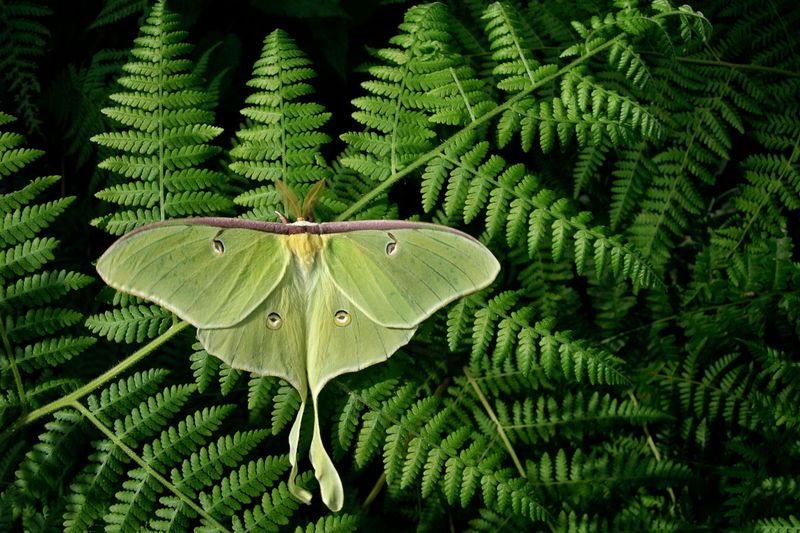
Gasping with delight, I spotted a luna moth resting on my porch screen one magical May evening. These spectacular green giants only fly after dark, their pale lime wings spanning wider than my outstretched hand.
Luna moths call North Carolina’s deciduous forests home, though many residents never see them due to their brief adult lifespan of just one week! Those elegant long tails aren’t just for show – they help confuse bat sonar during nocturnal flights.
Adult lunas lack mouths and cannot eat, existing solely to find mates and lay eggs before their short lives end. Whenever I’m lucky enough to encounter one of these ethereal creatures, I consider it a special blessing from nature – a reminder to appreciate beauty in fleeting moments.
8. Carolina Wren – Feisty Songsters
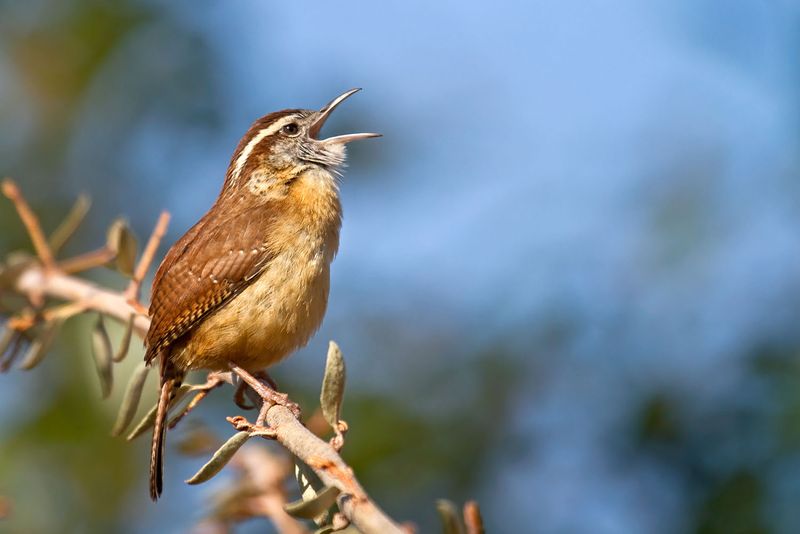
Teakettle-teakettle-teakettle! That’s the unmistakable call that woke me during my first spring in Raleigh. Carolina wrens might be tiny, but their voices project with astonishing volume from their cinnamon-colored bodies.
These year-round residents have adapted brilliantly to human neighborhoods, nesting in the strangest places – I’ve found their cozy grass-lined homes in flowerpots, old boots, and even my mailbox! Their upturned tails and curious nature make them easy to spot as they hop through shrubs hunting insects.
Pairs mate for life, working together to raise multiple broods each year. My backyard pair returns to the same territories each season, greeting me like old friends with their cheerful songs regardless of weather or season.
9. Hellbender Salamander – Ancient Stream Guardians
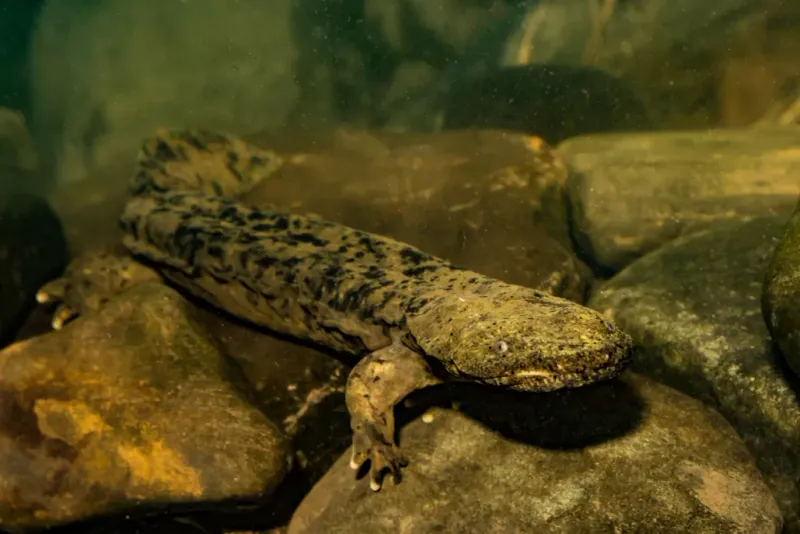
Peering into crystal-clear mountain streams in western North Carolina, I nearly jumped back when spotting my first hellbender! These massive aquatic salamanders can grow over two feet long, with flat bodies and tiny eyes that give them an otherworldly appearance.
Often called “snot otters” or “devil dogs” by locals, these harmless amphibians breathe primarily through folds of wrinkly skin. They’ve remained virtually unchanged for millions of years, earning them living fossil status among scientists.
Clean, oxygen-rich water is essential for their survival, making hellbenders important indicators of stream health. My conservation volunteer work includes monitoring these fascinating creatures, whose declining numbers warn us about water quality issues that ultimately affect human communities too.
10. Monarch Butterfly – Miraculous Migrants
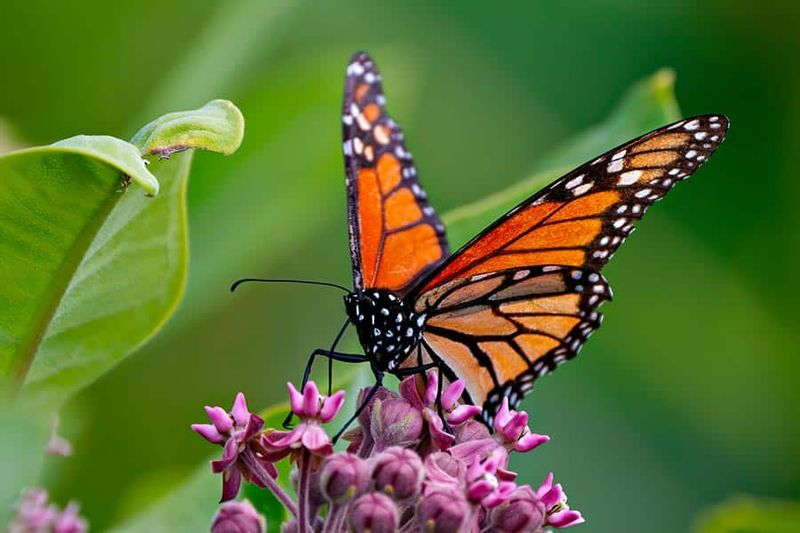
Orange wings fluttered around my milkweed garden last September, signaling the arrival of monarch butterflies fueling up for their epic journey to Mexico. I’ve been planting native milkweed specifically to support these remarkable insects during their migration through North Carolina.
Each delicate monarch navigates thousands of miles using an internal compass scientists still don’t fully understand. What amazes me most is that the butterflies making the return trip north are the great-grandchildren of those who flew south – the migratory knowledge somehow encoded in their DNA!
Tracking tags placed on monarchs in our state have been recovered in Mexican sanctuaries, confirming North Carolina’s importance as a migratory corridor. Watching these fragile travelers prepare for their incredible journey fills me with wonder at nature’s resilience.
11. Southern Flying Squirrel – Pocket-Sized Paratroopers
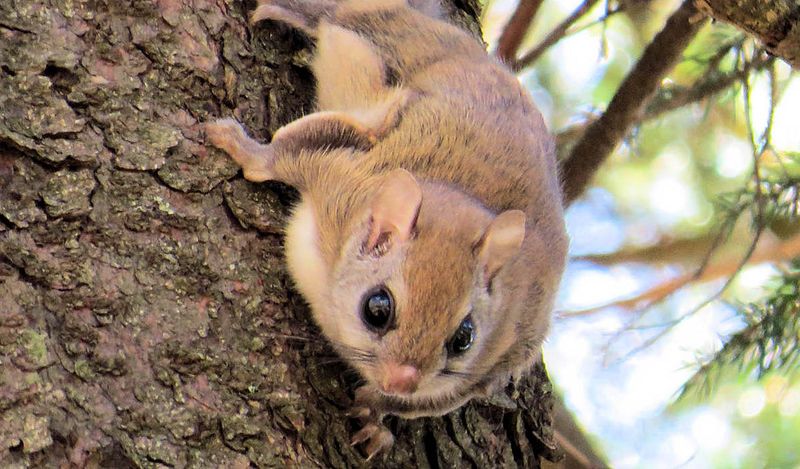
Tiny eyes gleamed in my flashlight beam during a nighttime nature walk near Pisgah Forest. Southern flying squirrels might be North Carolina’s most abundant yet least-seen mammals, with their strictly nocturnal habits keeping them mysterious to most folks.
Smaller than their northern cousins, these palm-sized gliders inhabit mature forests statewide. Their enormous black eyes help them navigate through darkness as they leap between trees, spreading their furred membrane like tiny furry superheroes.
Groups of flying squirrels often share winter nest cavities, huddling together for warmth in what scientists call “communal nesting.” My wildlife camera captured footage of six squirrels emerging from the same tree hole at dusk – a magical moment showing their social nature that few people ever witness!
12. Alligator – Prehistoric Swamp Kings
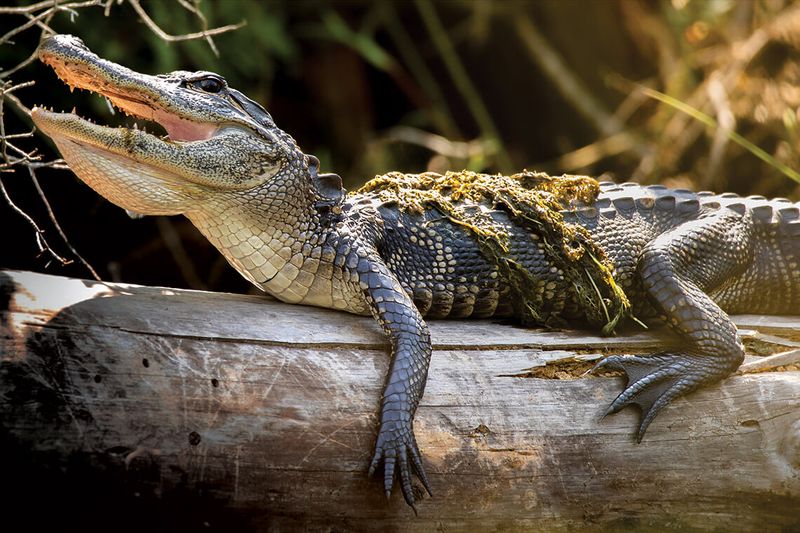
Sunbathing on a log at Merchants Millpond State Park, an enormous alligator made me realize just how wild North Carolina truly is! These ancient reptiles have reclaimed territory throughout our coastal plain, with some males growing over 13 feet long.
Female alligators make excellent mothers, guarding their nests fiercely and carrying newly hatched babies gently in their massive jaws. They create important “gator holes” – depressions that hold water during droughts, providing habitat for countless other species.
Climate change has pushed their range northward in recent decades. My paddling guide showed me how to spot their glowing red eyeshine at night with a flashlight – a heart-stopping experience that connected me to prehistoric times when these magnificent creatures shared the planet with dinosaurs!
13. Red-Cockaded Woodpecker – Longleaf Architects
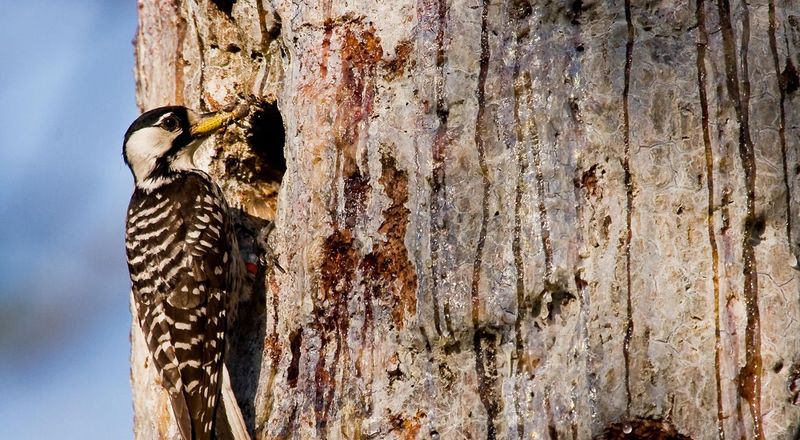
Tap-tap-tap echoed through the longleaf pine forest as I watched a red-cockaded woodpecker working on its unique home. Unlike other woodpeckers that excavate dead trees, these endangered birds drill nesting cavities in living pines affected by heart rot.
The tiny red streak (cockade) on males is nearly impossible to see without binoculars. What fascinated me most was learning how they create resin wells – small holes that cause sticky sap to flow around their nest entrance, protecting against predatory snakes!
These social birds live in family groups with younger offspring helping parents raise new broods. Conservation efforts in the Sandhills region have helped populations slowly recover through prescribed burns that maintain their preferred open pine savanna habitat.
14. Channel Bass (Red Drum) – Copper-Sided Fighters
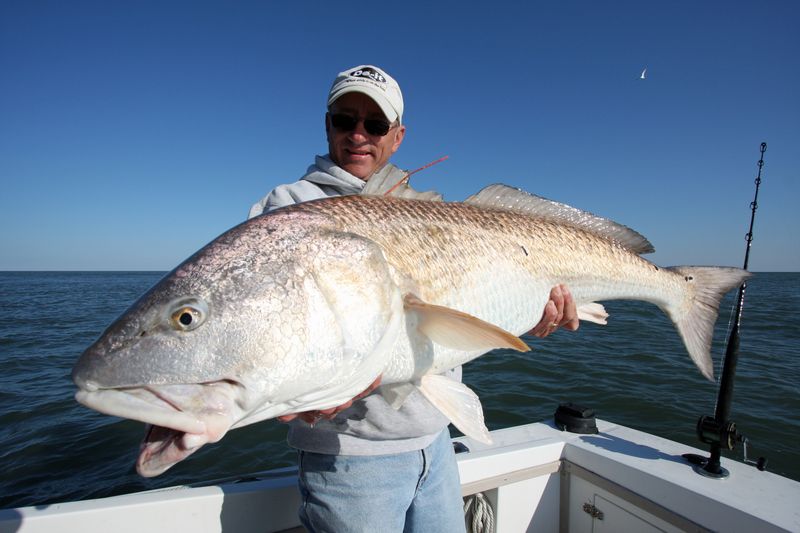
My fishing rod nearly flew from my hands when I hooked my first red drum off Cape Lookout! These powerful fish, also called channel bass, sport gorgeous copper-colored sides with at least one distinctive black spot near their tails.
Reaching over 50 pounds, these bruisers provide North Carolina anglers with legendary fights. Their remarkable ability to thrive in various habitats – from crashing surf to quiet sounds – makes them available to fishermen year-round along our coast.
Young red drum, called “puppy drum” locally, gather in massive schools within estuaries. I’ve seen their tails breaking the surface while feeding in shallow water – a sight called “tailing” that drives sight-fishing enthusiasts wild! Their popularity led North Carolina to designate them as our official state saltwater fish.
15. Wild Turkey – Comeback Gobblers
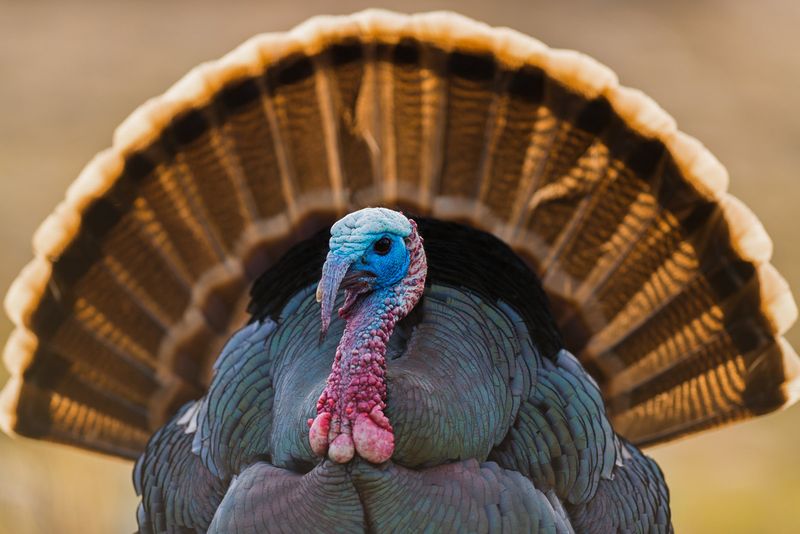
Strutting across my family’s farm near Winston-Salem, a magnificent wild turkey tom displayed his full fan of tail feathers. These impressive birds nearly vanished from North Carolina in the early 1900s but now thrive statewide thanks to restoration efforts.
Males can weigh over 20 pounds and sport beards – specialized feathers hanging from their chests that grow longer with age. Their incredible eyesight can detect movement from nearly a quarter-mile away! Female turkeys (hens) raise their young alone, teaching poults to find food within 24 hours of hatching.
My trail cameras have captured amazing footage of mother turkeys leading strings of babies through forest edges. Hearing their distinctive gobbling echo through spring woods remains one of my favorite natural sounds in our beautiful state.
16. Bobcat – Elusive Shadow Hunters

My heart skipped a beat when I spotted tufted ears and a bobbed tail disappearing into thick underbrush at Croatan National Forest. Bobcats rank among North Carolina’s most secretive predators, with many lifetime residents never glimpsing these phantom felines.
Roughly twice the size of house cats, these spotted hunters prowl all 100 North Carolina counties. Their oversized paws act like natural snowshoes, allowing them to patrol their territories regardless of weather conditions.
Female bobcats raise litters of spotted kittens in well-hidden dens, teaching them hunting skills before they disperse to establish their own ranges. My wildlife photography hobby has yielded exactly one clear bobcat photo in ten years – a testament to their legendary stealth and wariness around humans!
17. Piping Plover – Beachfront Peepers
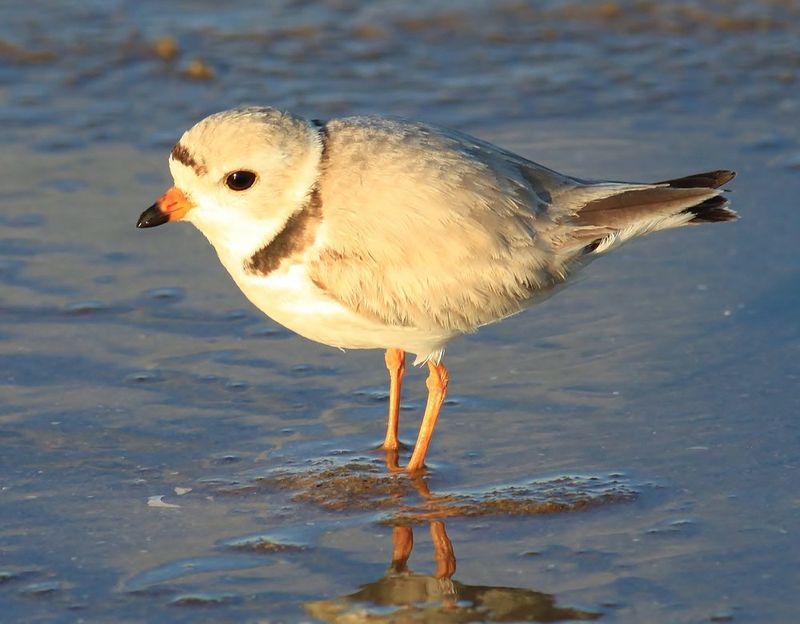
Scurrying along the tide line at Cape Hatteras National Seashore, tiny piping plovers blend almost perfectly with the sand. My binoculars revealed their distinctive black neckbands and orange legs as they probed for beach invertebrates.
These critically endangered shorebirds nest directly on open beaches, making their eggs and chicks extremely vulnerable to predators, storms, and human disturbance. Beach closures to protect their nesting areas sometimes create controversy, but seeing fluffy plover chicks running on tiny legs makes protection efforts worthwhile.
Plovers perform elaborate broken-wing displays to lure predators away from their nests – a brave behavior for birds barely larger than sparrows! Tracking studies show North Carolina’s beaches serve as crucial migratory stopovers for plovers traveling between wintering and breeding grounds.
18. Black Bear – Berry-Loving Behemoths
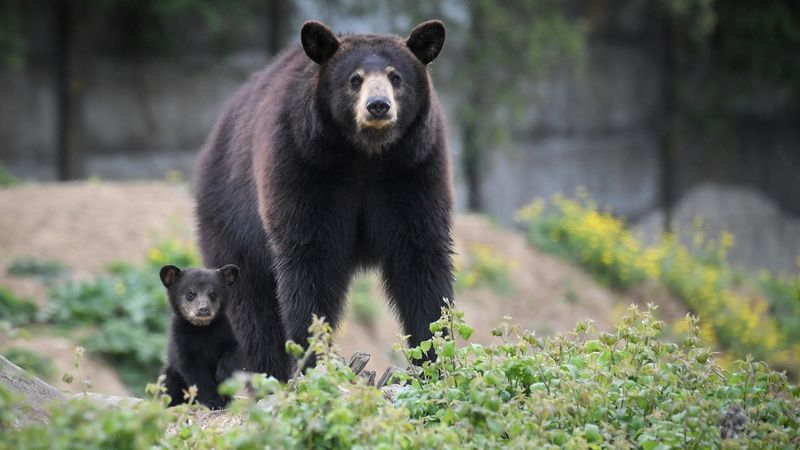
Fresh paw prints larger than my hand greeted me on a muddy trail in the Great Smoky Mountains. North Carolina hosts two distinct black bear populations – mountain bears in the west and coastal bears in the east, with the latter growing significantly larger on rich coastal plain diets.
Despite their name, our bears come in various colors from jet black to cinnamon brown. Their incredible sense of smell can detect food over a mile away, which sometimes leads them into trouble around human settlements.
Female bears (sows) show extraordinary dedication to their cubs, protecting and teaching them for nearly two years. My favorite wildlife moment ever was watching a mother bear patiently waiting as her three cubs practiced climbing skills on a small tree near Clingmans Dome.
19. Spotted Salamander – Rainy Night Wanderers
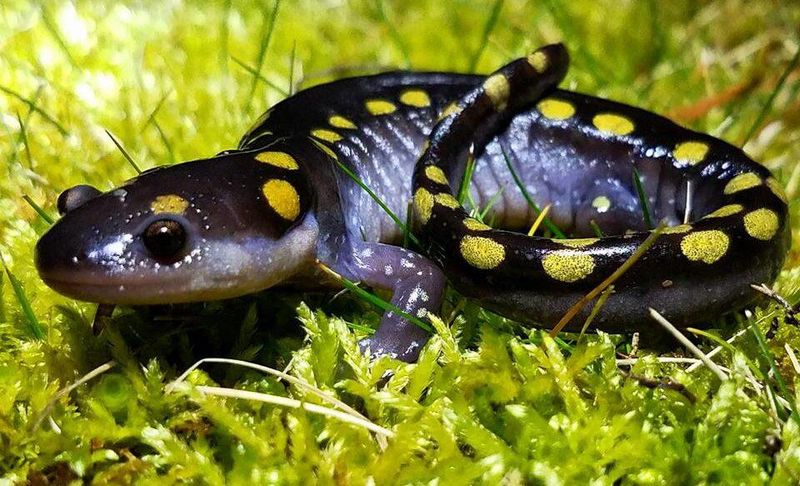
Armed with rainboots and flashlights, my friends and I ventured out during the first spring downpour to witness one of nature’s most magical spectacles – the spotted salamander migration. These stunning amphibians spend most of the year hidden underground, emerging only on rainy nights to reach ancestral breeding pools.
Their glossy black bodies adorned with bright yellow spots make them look like tiny dragons from a fairy tale. Vernal pools throughout North Carolina’s forests fill with their distinctive jelly-like egg masses each spring.
Some populations return to the exact same breeding ponds for hundreds of years! I’ve participated in salamander monitoring programs where we carefully count individuals crossing roads, sometimes creating temporary barriers to prevent roadkill during their vulnerable migration periods.
20. Loggerhead Sea Turtle – Ancient Ocean Navigators
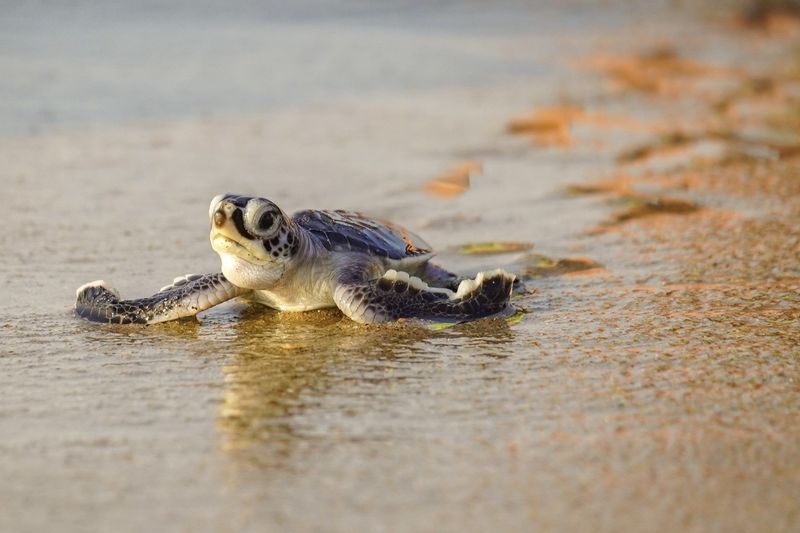
Volunteering with sea turtle protection programs gave me the incredible privilege of watching a massive loggerhead heave herself ashore on Topsail Island. These ancient mariners return to North Carolina’s beaches each summer to lay eggs, continuing a nesting ritual unchanged for millions of years.
Weighing up to 350 pounds, loggerheads have powerful jaws that easily crush clams and crabs. Their remarkable navigation abilities guide them across thousands of ocean miles using Earth’s magnetic field as a natural GPS.
Baby turtles face tremendous odds – perhaps one in a thousand survives to adulthood. Witnessing a nest boil with tiny hatchlings scrambling toward moonlight reflected on the ocean remains my most cherished wildlife experience in our state.
21. Eastern Whip-poor-will – Twilight Songsters
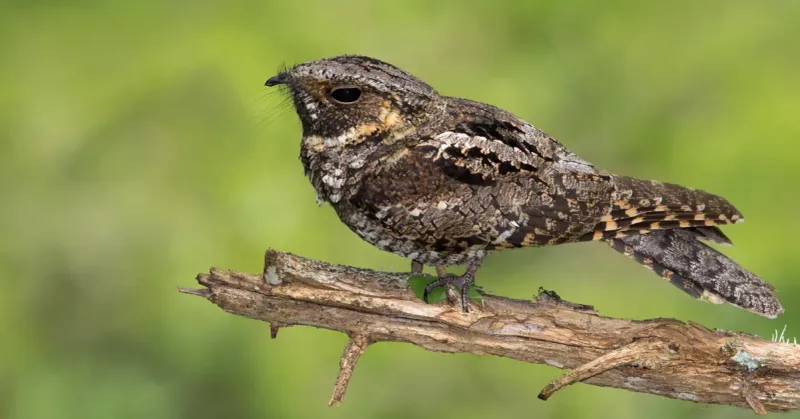
Whip-poor-will! Whip-poor-will! The haunting call pierced the dusk as I sat on my grandmother’s porch in rural North Carolina. These mysterious nocturnal birds repeat their namesake call hundreds of times without pausing for breath.
Masters of camouflage, whip-poor-wills blend perfectly with leaf litter during daylight hours. Their enormous mouths open wide to catch moths and other flying insects during their nighttime hunts. Sadly, their populations have declined dramatically in recent decades.
My grandmother remembers them being common when she was young, but now their distinctive calls grow increasingly rare. Participating in the North Carolina Bird Atlas project has allowed me to document remaining populations, contributing valuable data to conservation efforts for these enchanting nightjars.
22. Eastern Box Jellyfish – Translucent Drifters
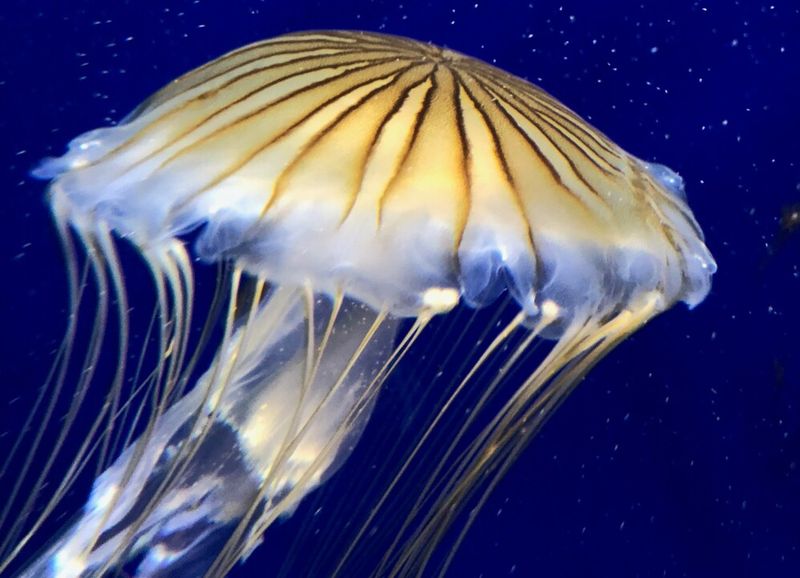
Swimming at Wrightsville Beach last August, I spotted an ethereal sea nettle jellyfish pulsing through the clear water. These graceful creatures, sometimes called box jellyfish locally, float through North Carolina’s coastal waters like living glass sculptures.
Their transparent bells can grow larger than dinner plates, trailing long tentacles armed with stinging cells. While their stings hurt (as I unfortunately discovered!), they’re rarely dangerous to humans unlike their more venomous tropical relatives.
Jellyfish populations boom in our sounds and estuaries during summer months. My marine biology professor explained how they serve as important food sources for endangered sea turtles. Climate change and warming ocean temperatures have increased jellyfish numbers in recent years, creating both challenges and opportunities for our coastal ecosystems.
23. Southern Copperhead – Camouflage Champions
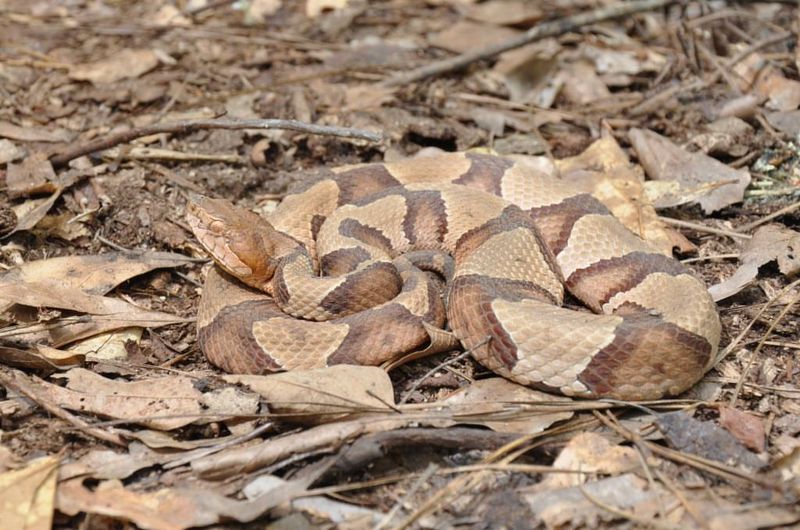
Fallen leaves shuffled slightly beside the trail at Eno River State Park, revealing the hourglass pattern of a perfectly camouflaged copperhead snake. These copper-topped reptiles win gold medals in the art of disappearing against forest floors.
Despite being North Carolina’s most common venomous snake, copperheads rarely cause serious harm. Their heat-sensing pits allow them to hunt rodents in complete darkness, striking with remarkable precision.
Young copperheads sport yellow-tipped tails they wiggle like worms to attract curious frogs and lizards – a fascinating hunting strategy called caudal luring! My respect for these misunderstood creatures grew after learning how they help control disease-carrying rodent populations around homes and gardens throughout our state.
24. White-Tailed Deer – Backyard Browsers
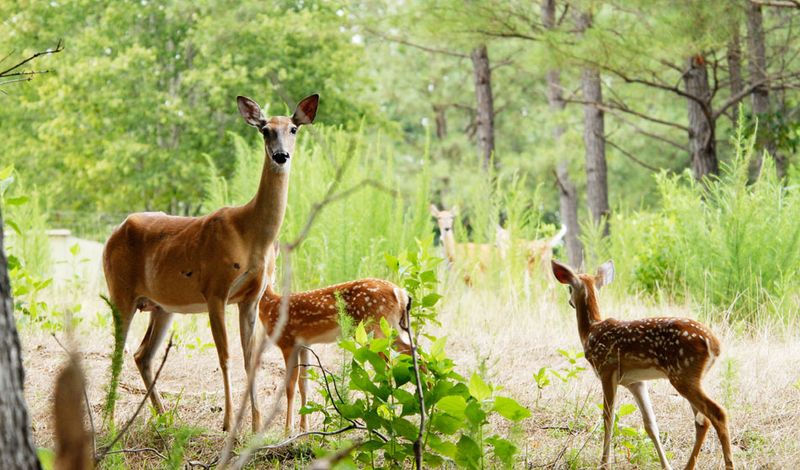
Silently appearing from morning mist, a doe and twin fawns transformed my suburban Raleigh backyard into a wildlife sanctuary. White-tailed deer have adapted remarkably well to human development across North Carolina, sometimes becoming too successful for their own good!
Their incredible senses include hearing that detects the slightest twig snap and noses that smell danger from hundreds of yards away. Males grow and shed impressive antlers annually – I’ve found shed antlers while hiking that make perfect natural souvenirs.
Fawns arrive spotted for camouflage, lying motionless when mother feeds nearby. My garden has become a buffet for these graceful animals, teaching me to plant deer-resistant perennials or simply enjoy their company and accept some nibbled hostas as the price of wildlife encounters!
25. Great Blue Heron – Patient Fishermen
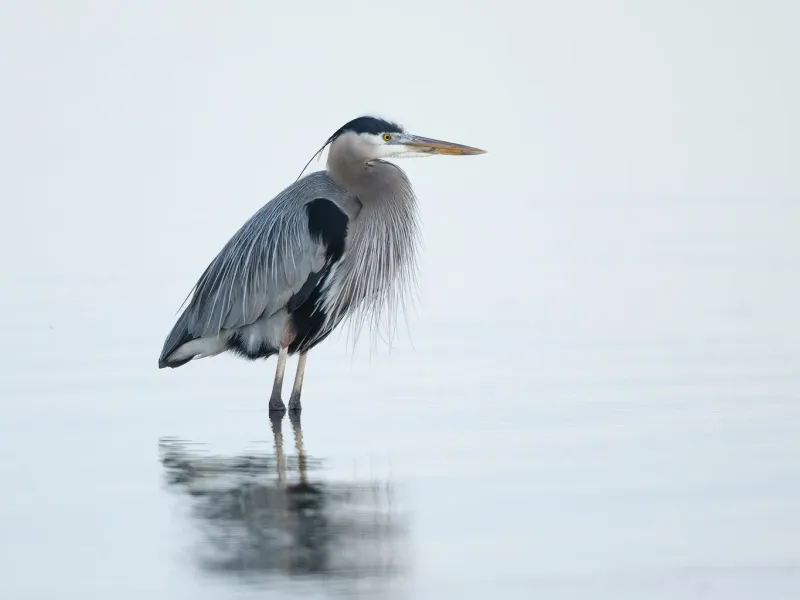
Statuesque and still as sculpture, a great blue heron stood knee-deep in Jordan Lake when my kayak silently drifted within feet of this magnificent bird. Standing nearly four feet tall, these prehistoric-looking fishers patrol North Carolina’s waterways year-round.
Their lightning-fast strikes spear fish with deadly accuracy after minutes of motionless waiting. Few sights match the majesty of these massive birds in flight, with six-foot wingspans and legs trailing behind like landing gear.
Herons build enormous stick nests in treetop colonies called rookeries, sometimes containing dozens of noisy families. My favorite wildlife viewing spot features a small island where returning herons have nested for generations, their squawking youngsters creating a natural symphony each spring.
